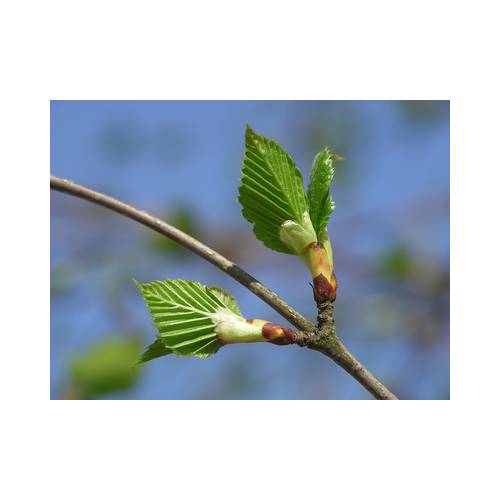
Understand how plants function
Plant Growth
- Details
-
Even if at first glance one has the impression that a plant develops without apparent order, particular mechanisms are at work. One can very well garden without concern for these mechanisms but knowing about them helps understand plants and thus succeed oneís cultivations.
Everything starts with a bud
This rule is one that has the fewest exceptions in the plant world: every branch, every leaf, or every flower (and every fruit) comes from a bud. The bud is made up of leaves in a much reduced state, packed together, and which surround a tiny area invisible to the naked eye but essential: the meristem. This is the area where the plantís cells multiply in a very active manner to form very young leaves. Later, as they develop, these leaves will bear buds on their axils and consequently other meristems. If these buds develop, the branch will divide. If not, it will only get longer. In this way, leaf after leaf, the plant builds itself.
The future of buds depends on numerous conditions. In general when a bud develops at the end of a stem, it restricts those located underneath, at least nearby, from developing. It is only after the branch has grown significantly that the buds located at the base can start growing. How much light and sap the buds receive also comes into play.
And without knowing it you use this mechanism! By pruning a plant, you remove the terminal bud and force the remaining buds to start over though they were inactive. Effectively you allow them to start over, since you have removed the restriction maintained by the end of the stem which you have cut. For certain plants, inactive buds have difficulty coming out of their torpor: a lavender bush or an Araucaria which has been cut back too much will never recover, whereas many other plants can withstand such pruning.
Bearings for the gardener
The meristem has other properties just as interesting as those which we have just seen. This particular zone of the bud eventually produces a flower bud. So it disappears. We see this well in rhododendrons, lilacs, or rose bushes: the end of the shoots bearing flowers never grow further. It is the bud, situated beneath the flower that takes over. One must not damage them when cutting the wilted flower, as there is a risk of restricting the shoot from setting off again! There are some rare exceptions where the bud, which has given flowers, continues to grow. Bottlebrush (callistemom) is the simplest to observe because shoots that will continue the stem spring up from its scarlet spikes. Clipping this stem thus jeopardizes the correct development of the shrub! This also happens with tomatoes: instead of finishing with a fruit, the vine continues to grow. Here, inversely, this unwelcome growth must be halted to favour the growth of the fruit.
Finally, when a plant has a tendency to form numerous sprouts at its base, itís because the top has lost its vigour. This can be the sign of a problem if this behaviour is not typical of the plant. One must always look more closely and find possible problems while there is still time ! - Photos (4)




